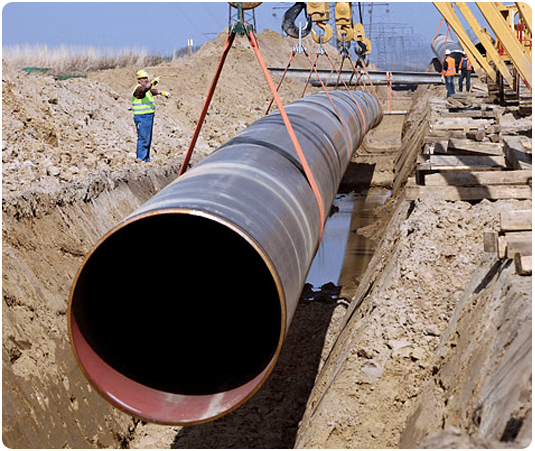
What is SAGE
Creation of an Energy Corridor – India’s Energy security
In quest for India’s Energy Security, South Asia Gas Enterprise Pvt. Ltd. (SAGE) is undertaking a path-breaking project, to build the Deepest Underwater Transnational Gas Pipeline. Also known as “Middle East to India Deepwater Pipeline (MEIDP)”, this will be a Gas Highway that will connect the Gas Rich Gulf & Middle East regions to India, for the transportation of Natural Gas to secure India’s Energy Needs.
SAGE is promoted by the New Delhi based Siddho Mal Group, in Joint Venture with a UK-based Deepwater Technology Company.
SAGE is working with a Global Consortium of some of the most reputed companies in the field of Deepwater Pipelines, to create a Multi-Billion Dollar “Energy Corridor” that can transport gas from the Middle East to India, bypassing the land route through Pakistan.

The Deep-Water route passing through the Arabian Sea is the Shortest Secure distance between the Gas Rich Gulf region and the coast of Gujarat/Maharashtra, the industrial hub of India where the gas will be received.
Linking the Middle East gas fields with India across the Arabian Sea for an offshore distance of 1300 kilometers and maximum water depth of 3400 meters, the SAGE gas transmission pipeline is designed to transport up to 1.1BSCFD gas into the Indian energy markets, or 8TCF over the next 20 years.
Qatar, Iran, Iraq and Turkmenistan together have enormous Natural Gas reserves to the tune of 2,000 trillion cubic feet (TCF) and SAGE plans to transport some of this to India through its Deepwater Pipeline Infrastructure. Dialogue and discussions with the above-mentioned countries are on at the Highest Levels. The option of Gas Swaps between these nations is also being explored.
In addition, SAGE also plans to supply Natural Gas to Oman/ UAE on its Pipeline Route to India, and seeks to further build Cooperative Relations with the friendly Gulf and Middle East countries.
3 Natural Gas pipelines are envisaged over the next 10 years each having similar capacity. SAGE pipelines are envisaged as “Common Carriers” which Gas sellers in the Gulf can use as infrastructure to transport gas to the Indian region, by payment of a Pipeline Tariff.
India already imports around 1.1BSCFD in the form of Liquefied Natural Gas (LNG) to meet its current shortfall. Based on U.S. Energy Information Administration reference case this shortfall is expected to rise dramatically by 2020, and continue rising through to 2030 when it will peak at 3.56BSCFD.
SAGE Deepwater Pipeline is completely independent of the Indian Government’s Onshore Pipeline Initiatives and builds extensively on studies performed for the Oman- India Pipeline during the mid 1990’s.
The Deep-Sea Pipeline Route is now technically possible and commercially viable. Contrary to popular belief, Deepwater Pipelines are at times, more economicalthan Onshore pipelines that pass through land,since no Transit Fee has to be paid to countries on the way. In addition, it can be laid faster than onshore pipelines passing through several countries.


